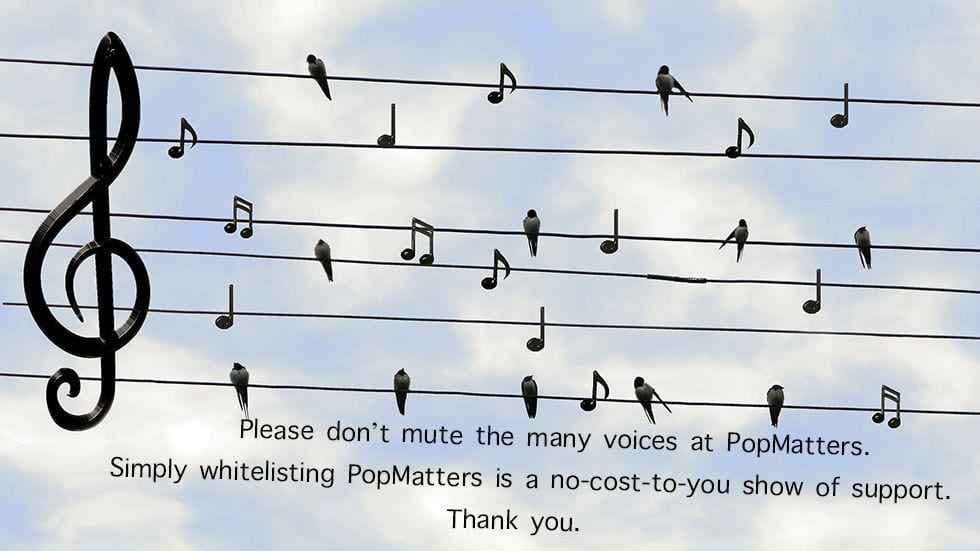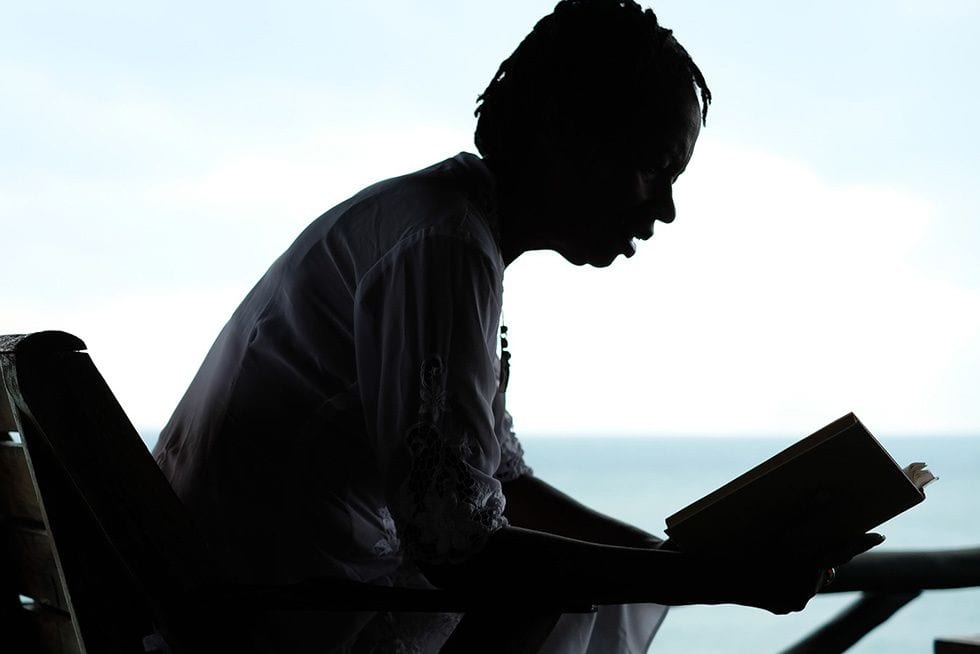
Absorbing the work of a novelist like John Updike 60 years after the publication of his first book can seem overwhelming. The biggest obstacle a reader might have to overcome when reading (or re-reading) the four novels in this Library of America set [The Poorhouse Fair (1959), Rabbit, Run (1960), The Centaur (1963), and Of the Farm (1965)] is not necessarily going to be the eternal timelessness and literary quality of the work (which is decidedly mixed.) Instead, the issue will rest in the fact that there has never been a novelist like John Updike, in his lifetime and in the ten years since his death.
First of all, he was so much more than just a novelist. The 50-year publishing career during his lifetime included more than 20 novels, nine poetry books, scores (if not hundreds) of short stories in various collections, plays, memoirs, non-fiction essays, criticism (including but not limited to art and literature), and assorted posthumous collections. He was a formalist, a structuralist, a fantabulist, a writer as steeped in Nathaniel Hawthorne as he was in the pleasures of golfing and the baseball majesty of Ted Williams. He wrote some of the most stilted and painfully clumsy bad sex in his 60s novels and some of the more stunning evocations of longing and regret ever seen in the mid-20th century American white male.
What does this mean to the reader steeped in mid- to late period Updike? The curious contemporary academic might wonder if Updike is still relevant today. Is his work still moving and shaking the core of American literature? Certainly it could be argued that his final novel, Terrorist (Deckle Edge, 2006), was an at times tone-deaf and offensive look at a zealous true believer and his ideology, five years after 9/11 and three years before Updike’s death. Should this true grand master of American letters have been more enlightened if he wanted to write about the national political zeitgeist that has so haunted Americans since 9/11?
The reader convinced that novelists are obliged to be dogmatic ideologues has understood from day one that Updike was always more concerned with the internal struggle of the American male, usually white, usually upper-middle class and highly educated. Updike’s men were educators, writers, adulterers, basketball stars whose last glory days were in high school, sons estranged from their fathers and fathers clueless about dealing with their sons. The only plot elements ripped from the headlines in an Updike story were those told in passing by men reading newspapers while enjoying breakfast or taking a Sunday morning car ride to their country clubs in the suburbs.

John Updike: Novels 1959-1965 is another strong volume from The Library of America that will work best if the reader understands that there will be better books, different books, more brilliant stories to follow. Updike’s most enduring (probably not most endearing) character, Harry “Rabbit” Angstrom, is introduced in Rabbit, Run through a tight series of images and scenarios. He’s 26, washed-up and washed out on the road to nowhere, looking to get out of the constraints of his middle-class life. He leaves his pregnant wife, two year old son, and heads out on an adventure that can most clearly be seen as an anti-On the Road tirade. In manners both through public persona and literary product, Updike was the anti-Jack Kerouac, and the disreputable Rabbit was certainly intended as a cautionary tale. Stray from your status, and the only reward you will reap is alienation. Forget spontaneity and cling to upward mobility conformity.
Here’s the problem with Rabbit, Run and it’s an issue that appears elsewhere in this collection. Perhaps it can be dismissed as a “white man’s burden” that infested other great authors of the time (like Saul Bellow and Norman Mailer.) In an effort that could be read as honestly and starkly portraying white characters or simply unabashed racism that cannot and should not be dismissed as just a product of its time, there are passages here that can feel almost as if they’re stabbing your eyes if read without warning. First, there is Rabbit turning on the radio and listening to a song from “…a beautiful Negress…” Later, at a restaurant, Updike notes about a service worker: “Funny the way the eyebrows of Chinese people look embedded in the skin instead of sticking out from it.” Later, “The Chinaman lifts his sunken eyebrows and puckers into a smile and retreats.” Later, another “Negress” (a waitress) appears only to serve (it seems) as a sexual temptation for the white male reader of the time:
“She… walks off and he sees her back is open halfway down her spine, so a bit of black bra shows… She doesn’t care about him; he likes that, that she doesn’t care.”
Is her entire back open to reveal her spinal column, or does he mean her uniform? Obviously it’s the latter, but the effect is clumsy and the fact that all the physically intimate moments are so methodically executed is tedious. As for the clumsy sex scenes, it’s certainly understandable that these passages might have been sensationally scandalous and revolutionary in 1960, but there were much better sex scenes from Henry Miller and many others from that era, writers who didn’t seem to approach sex scenes with fear and loathing, as if by even hinting at their potential satisfaction will only result in Divine punishment. Take this moment for what it’s worth:
“He murmurs, ‘Don’t scare me,’ and snuggles more securely against her side. His thigh slides over hers, weight on warmth. Wonderful women, from such hungry wombs to such amiable fat. Best bedfriend… Oh how! when she got up on him like the bell of a big blue lily slipped down on his slow head.”
Later, we get a description of a woman, one of Rabbit’s latest, as if she’s an architectural project:
“Across from him her broad pelvis, snug in a nubbly brown skirt, is solid and symmetrical as the base of a powerful column.”
Nothing is inherently wrong with these passages. They’re just too precise, too tightly wound. When we read that Mrs. Angstrom has four-cornered, lozenge-shaped nostrils, “…set in a nose that is not so much large as extra-defined…” we get more than we really need. The point (which really didn’t need to be made) is clear. The problem with Rabbit is that he doesn’t seem willing to fully align himself with any issue or movement. Is he a free spirit? Is he a conformist? He runs from his wife and makes a clear discovery: “If you have the guts to be yourself… other people’ll pay the price.”
Can the reader excuse the date rape Rabbit executes late in the novel as yet another action of entitlement for the 1960 white American male? That’s a personal call, but lines like “…she’s killing it by making him feel sorry for her and ashamed and foolish…” make it extremely difficult to excuse the tone. Updike can’t have it both ways. He can’t be condemning a heartless misogynist while primarily entertaining us by making Rabbit the ping pong ball bouncing between his “virgin” wife mother of his child (Janice) and ex-prostitute girlfriend (Ruth). The reader leaving Rabbit, Run with no idea about where Rabbit goes in all four of the Rabbit novels (1971’s Rabbit Redux, 1981’s Rabbit Is Rich, and 1990’s Rabbit Is Dead) should understand that he does rebound. He does face the challenges of each generation in his 30-year span from the age of 26 to death. It’s just a struggle to get through the tightly repressed style of Rabbit, Run.
Poorhouse Fair, the novel that opens this collection, is Updike’s impressive debut. It’s also a hard novel to enter or even like, though that’s never really the most ideal goal for any reader. It’s a brief look at the interactions within the closely-knit residents of the Diamond County Home for the Aged as they prepare for their annual Summer Fair. A young religious Rector, named Conner, wants to impose order on the residents. When asked about his idea of Heaven, He replies: “There will be no disease… there will be ample time for recreation.” The residents, seen as inmates, prefer to see Heaven as mysterious and God as unpredictable. Their former Rector, Mendelssohn, had an authoritative approach that was preferable to Conner’s egalitarianism. The Fair does happen as planned, but rain comes. Conner is stoned by his religious charges (in the Biblical sense pelted with stones as punishment) and the novel is achingly precious in an obvious way. It’s the product of a young writer who seems to understand that he’s obligated here only to set the foundation for more complex religious allegories to come.
The Centaur is another novel burdened by the yoke of significance. It’s supposed to be important. It’s meant to be an examination of Greek myths as manifested in a contemporary setting. George Caldwell is a depressed Pennsylvania high school teacher. He spends his time verbally and ideologically sparring with his son Peter. The father is a former football player and World War I soldier. He’s burdened by his principal and disillusioned with his students. The son has aspirations of being a painter like Vermeer, escaping the drudgery of masculine athletic small town life and making something of himself elsewhere.
It’s a carefully balanced narrative that weighs the dangers of a tedious story (George and Peter) with the themes of Greek mythical characters like Chiron and Prometheus. It’s an experimental novel, more impressive than the others in its ability (and willingness) to shift from its present day time (late ’40s) to early ’60s and balancing it with the stolid heroic quest stories of the chosen Greek myths. Chiron was the wisest of all centaurs (half man/half beast), and Prometheus created Man from clay. Updike knows his Greek myths, and reading this carefully balanced story is less enjoyable than admirable. The skills and the willingness to show them are as respectable and impressive now as they were in 1963.
In Of the Farm, Joey Robinson is a recently divorced 35-year-old Manhattan advertising executive who returns to his childhood home with his new wife Peggy and her 11-year-old son, Richard. The three of them are greeted by Joey’s mom, who is estranged from her son and rigid in her disapproval of his urban ways. This is an effective novel about an uprooted American, and the life experienced on the farm is beautifully detailed. It’s all pastoral, complex, and introspective:
“All afternoon the signs of a storm gathered. The translucent clouds developed opaque bellies and were hurried sideways by a rising wind… how dramatic the clouds in this hill country could be. Diagonal shafts of sun and shadow and vapor streamed earthward from glowing citadels…”
As with most Library of America volumes, John Updike: Novels 1959-1965 is replete with supplementary material. There’s a chronology of Updike’s life and times, an Appendix that includes Introductions to the 1977 reissue of Poorhouse Fair (and a note to the 2004 edition) along with a special message, reminiscence, remarks, and international edition Introductions. This supplementary material helps put things in context for the Updike completist, and it might shed a light on motivation and context for the uninitiated. Overall, the reader should approach this volume with equal parts indulgence, patience, and caution. The first should be applied to Updike’s youthful flowery prose and apparent need to impress with each line. The second should be applied to Updike’s tendency to painfully stretch out descriptions in clinical ways. As for the third application, caution, that applies to the carefree racism and horribly misogynistic undertone to the sex scenes and ongoing gender war. Caution can be easily applied, but forgiveness might take more time from even the most patient reader.

